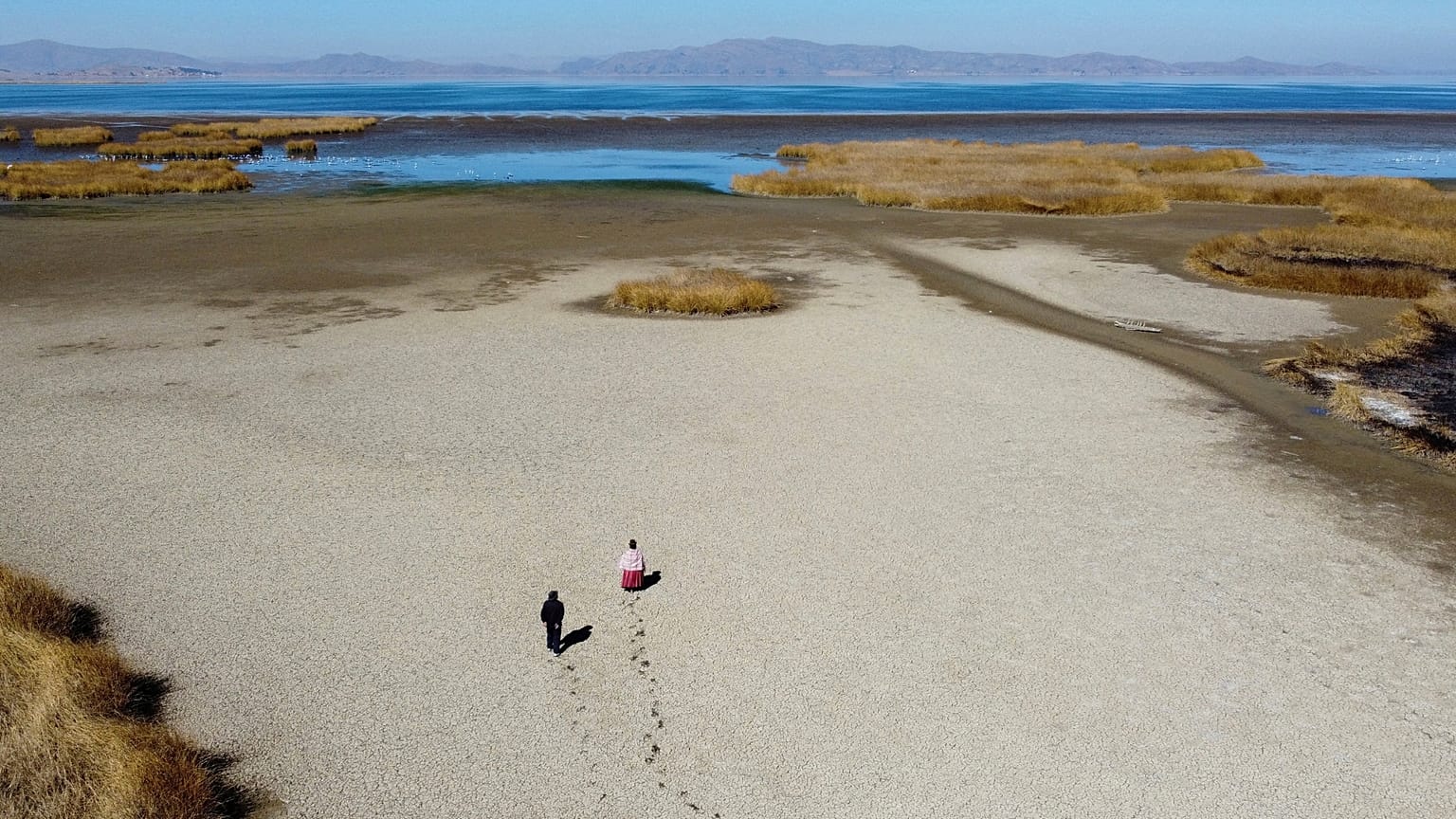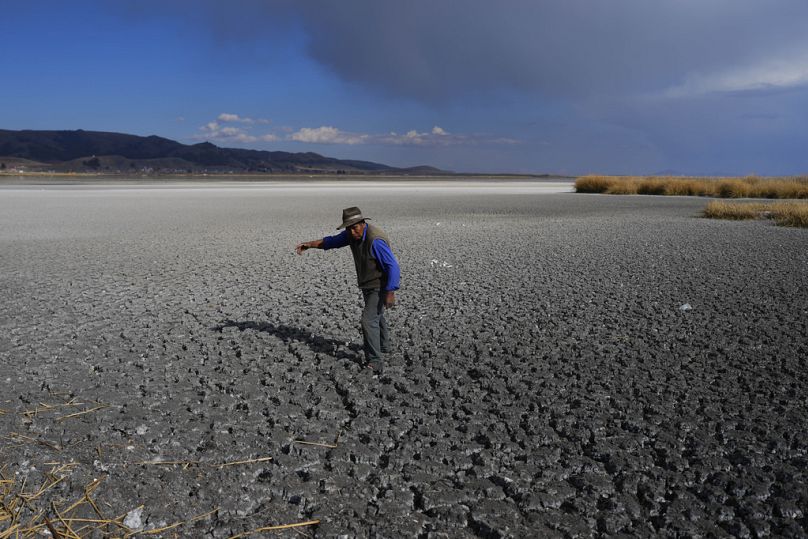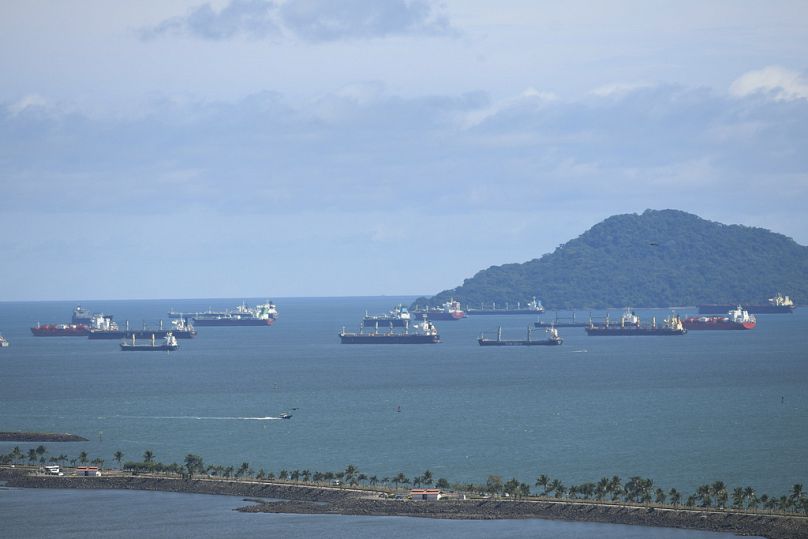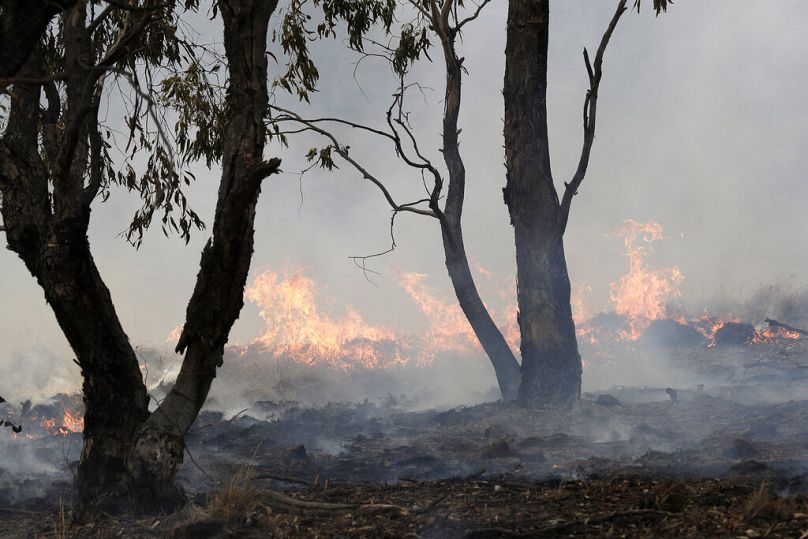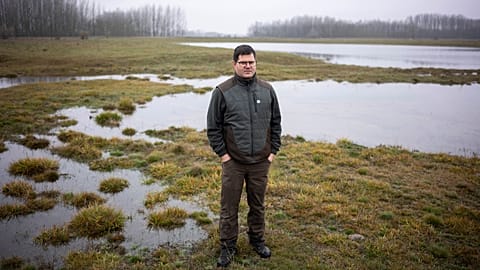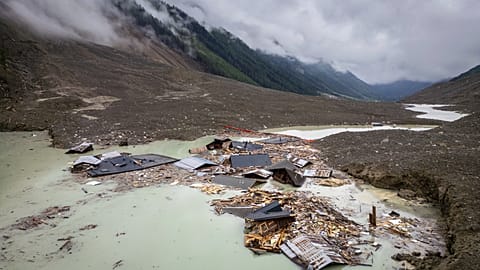El Niño is expected to last until at least April 2024, according to the World Meteorological Organisation (WMO).
After the cooling La Niña phenomenon concluded in early 2023, the World Meteorological Organization (WMO) declared the onset of El Niño last July.
“El Niño impacts on global temperature typically play out in the year after its development, in this case in 2024,” says WMO secretary-general Petteri Taalas.
As a result of record-high land and sea surface temperatures since June 2023, last year became the hottest year on record. This year could be even warmer, Talaas warns.
“This is clearly and unequivocally due to the contribution of the increasing concentrations of heat-trapping greenhouse gases from human activities.”
The previous record was set in 2016 and was the result of a strong El Niño year combined with the effects of climate change. The WMO says that no two El Niño events are the same and it isn’t the only factor that drives global and regional climate patterns.
With record-high temperatures and the possibility of an even warmer 2024, how is climate change influencing El Niño around the world?
El Niño could bring more floods to the Americas
If a strong El Niño develops this year, NASA’s sea level change science team has said cities across the western coast of the Americas could see more flooding.
This is due to an increase in the frequency of high-tide flooding that can swamp roads and low-lying buildings with seawater.
The team’s analysis found that it could result in up to five ‘one in 10-year’ flood events - which have a one in 10 chance of happening in any given year - this winter in cities like Seattle and San Diego. La Libertad and Baltra in Ecuador could get up to three of these 10-year flood events.
Outside of El Niño years, they add, this type of flooding doesn’t normally occur on the west coast of the Americas. But, by 2030, rising seas and climate change could make them an annual occurrence with no El Niño required.
These cities could see up to 10 of these flooding events in El Niño years by 2030.
Drought dries up lakes and throttles shipping routes
At the other extreme, one of the impacts already being seen across parts of the Americas is intense drought. Expert forecasts say that El Niño, climate change and rising ocean temperatures could combine to extend the dry season in Central and South America.
Last November, Peru's national meteorology and hydrology service Senamhi found that water levels in one of South America’s largest lakes, Lake Titicaca, had fallen 74cm in the previous seven months.
Extreme dryness and heat have led to higher than normal water evaporation, and limited rainfall has not been enough to top up the lake. With climate change doubling down on the effects of the natural El Niño, Lake Titicaca is edging towards a record low.
At the end of 2023, the worst drought in 70 years forced the Panama Canal Authority (ACP) to make more cuts to the number of ships passing through this vital waterway.
Levels in Gatun Lake, which is the main source of the water used in the canal’s lock system, fell to unprecedented levels. The ACP says that El Niño has contributed to the severe drought.
The number of ships that can pass through was already cut earlier in the year for the first time ever, leading to long delays.
As the Panama Canal massively reduces the time and distance ships travel between the Pacific and Atlantic oceans, these cuts are expected to have increased the cost of shipping goods around the world.
Now, El Niño is also compounding a drought crisis in Zimbabwe. Food shortages are already putting nearly 20 per cent of the country's population at risk of hunger, caused by poor harvests in drought-ravaged areas where people rely on small-scale farming to eat.
The UN World Food Program said on Wednesday that it was working with Zimbabwe's government and aid agencies to provide food to 2.7 million rural people in the country as the El Niño weather phenomenon contributes to a drought crisis in southern Africa.
Two weather phenomena combined
A rare combination of a strong El Niño in the Pacific Ocean and a strong shift in temperatures in the Indian Ocean could intensify heat and drought across Australia and Southeast Asia. It would also lead to flooding in East Africa.
The Indian Ocean Dipole (IOD), sometimes called El Niño’s little brother, is in a positive phase of its cycle which sees a shift to cold temperatures in the east and warm in the west. Neither climate event is rare but a combination of a strong positive IOD and strong El Niño is unusual.
Both are associated with hotter drier conditions in Southeast Asia and much of Australia. When they occur together it could bring very dry weather and heatwaves - potentially leading to wildfires - across the region.
Both patterns are also associated with wetter weather in East Africa which is recovering from several years of severe drought. This could mean more extreme flooding.
If El Niño continues long into 2024, it could weaken the Indian monsoon leading to less rain.
Again, experts say no two events are the same and climate change adds a level of uncertainty about how this double whammy could compare to those seen in the past. But, as they occur on a much warmer planet, any associated rainfall or drought has the potential to be more extreme.















